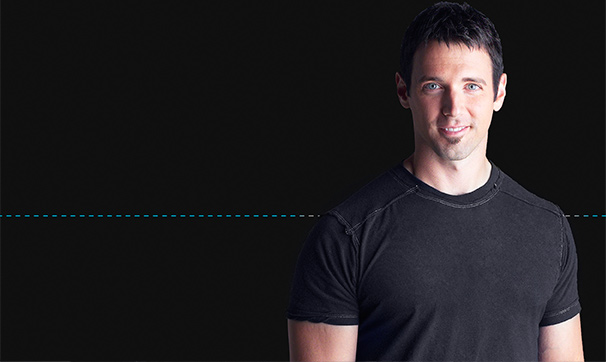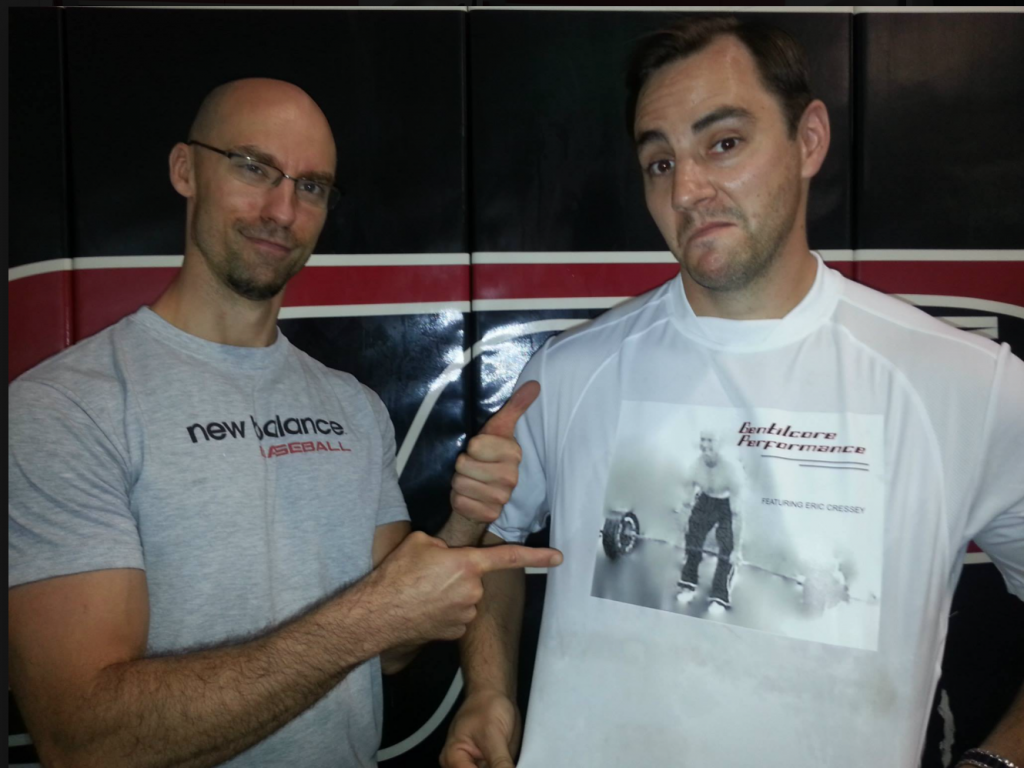
BUT FIRST…CHECK THIS STUFF OUT
1. (Even More) Complete Shoulder & Hip Blueprint – Houston, TX
This workshop will piggyback on the material Dean Somerset and I covered in the original Complete Shoulder & Hip Blueprint.
But now.
BUT NOW……
….It’s the (Even More) Complete Shoulder & Hip Blueprint.
A bunch of wordsmiths we are.
With this iteration, though, we’ll be going a bit deeper into the coaching and programming side of things:
- How to program around common injuries.
- How to “connect” the appropriate exercises to the client/athlete.
- How to squat and deadlift like a boss.
All registrants to this course (as well as future dates in Ljubljana, Slovenia, Los Angeles, Detroit, Philadelphia, Minas Tirith) will receive a free download of CSHB 1.0 so that you’re up-to-speed on the content Dean and I will be covering.
To register and for moe details go HERE.
2. RISE Fitness Business Conference – San Jose, CA
I’ve had to decline speaking at this event in the past due to prior engagements1, but I’m headed to San Jose this year baby.
And I…..am…..pumped.
I’ve never been to the Bay area so I’m excited for that. But I’m even more excited for the THREEdays of melt your face knowledge that’ll be under one roof.
The line-up is spectacular and I’m honored to be included amongst such esteemed company – Pat Rigsby, Mark Fisher, Molly Galbraith, Kellie Hart, Craig Ballantyne, and Scott Rawcliffe, to name a few.
I’ll be speaking about shoulder assessment.
If you’re a fitness professional looking to take his or her’s career to the next level this is an event you won’t want to miss.
Full details and registration are HERE.
SOCIAL MEDIA SHENANIGANS
Does everyone need to squat? Nope. But your ability to competently do it provides a profound upgrade to your exercise (and movement) repertoire. Also: finding the RIGHT squat for your body, injury history & ability level matters.
— Tony Gentilcore (@tonygentilcore1) August 23, 2018
Instagram – 30 Days of Deadlifts
I’m a week into my series “30 Days of Deadlifts.”
This was the video that kicked things off.
Plenty more to come so be sure to follow or check in on me over in IG world.
STUFF TO READ WHILE YOU’RE PRETENDING TO WORK
Key to Career Success – Dr. John Berardi

John first started writing for T-Nation back in the early 2000’s and eventually started Precision Nutrition which is now a 200 million dollar company and one of the most respected entities in the industry.
How?
How did he do it?
Was there some secret morning ritual, a daily hack, or maybe he cut a deal with Rumplestiltskin?
None of the above, actually.
As always John keeps it real and provides a ton of practical insights.
Building a Successful Career: Positioning and Intent – Dean Somerset

Not to steal any light from the first article, but this was also a fantastic read from my brother of another mother, Dean Somerset.
In short:
1. Put in the work.
2. Leverage your strengths.
3. Dean and I are non-sexual life partners.
5 Years of Insane Gains – Paul Carter
Why couldn’t have Paul written this back in 1993?
Why?
Whhhhhhhhhhhhhyyyyy?
This is a MUST read for anyone newbies out there reading.







